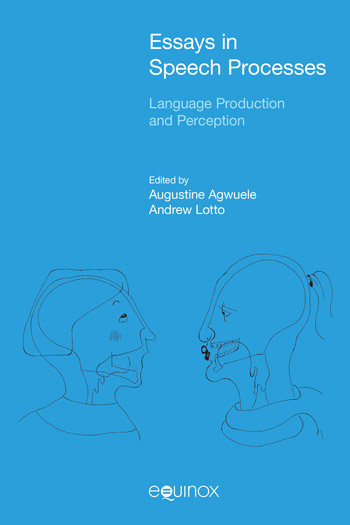A Functional Role for Coarticulation: A Locus Equation Perspective
Essays in Speech Processes - Language Production and Perception - Augustine Agwuele
Harvey M. Sussman
University of Texas at Austin
Description
Coarticulation has historically been viewed as a necessary but disruptive articulatory process. Motor theorists argued that coarticulation aided the rapid transmission of speech segments. The price paid for this efficiency was lack of isomorphism between sound and phonetic segmental structure. The advent of the locus equation paradigm to assess coarticulation in stop consonant + vowel sequences questions this view. Two decades of research have shown that the slope of the regression function derived from plotting F2onset frequencies against F2 midpoints in the vowel serve as a numerical index of the degree of coarticulation between the vowel and stop consonant. Moreover, different extents of coarticulation across stop place categories (/b/-/d/-/g/) help create the acoustic contrastiveness of stop place categories, just the opposite of motor theory claims. Additional support for this view is provided from (1) acoustic analyses of the developmental progression of stop + vowel sequences from babbling to early first words; and (2) the lack of stop place categorical distinctive- ness in children with reduced intelligibility due to developmental apraxia of speech. The contrastive orderliness of locus equation scatterplots provides a viable conceptualiza-tion for an acoustic-to-auditory-to-neural transform needed for a representational mapping of stop + vowel utterances for eventual perception.






